

Tableware
When Should Babies Use Cutlery
Modified: January 4, 2024
Discover when babies should start using cutlery with our expert guide. Find out the benefits of introducing proper tableware and tips for a smooth transition.
(Many of the links in this article redirect to a specific reviewed product. Your purchase of these products through affiliate links helps to generate commission for Storables.com, at no extra cost. Learn more)
Introduction
Welcome to our comprehensive guide on when babies should start using cutlery. As your little one progresses through different stages of development, you may be wondering when it’s appropriate to introduce them to the world of utensils. Learning to use cutlery is not only a practical skill, but it also aids in the development of fine motor skills, hand-eye coordination, and self-feeding independence.
Every child is unique, and there is no fixed age at which all babies should start using cutlery. However, there are certain developmental milestones and signs of readiness that can help guide you in determining if your little one is ready to take this next step.
In this article, we will explore the developmental milestones for using cutlery, the signs of readiness to look out for, tips for introducing cutlery to babies, how to choose the right cutlery, common concerns and troubleshooting, as well as safety precautions to ensure a safe and enjoyable experience for your little one.
So whether you’re a first-time parent or have previous experience, let’s dive into the world of cutlery and discover when it’s the right time for your baby to start using their own fork, spoon, and knife!
Key Takeaways:
- Introducing cutlery to babies should align with their developmental milestones and signs of readiness, fostering independence and fine motor skills. Choose baby-sized, safe utensils and make mealtimes fun and interactive to encourage their progress.
- Prioritize safety and patience when introducing cutlery to babies, offering gentle guidance and celebrating their achievements. Embrace their unique journey and provide a supportive environment as they learn to use utensils.
Read more: When Should You Stop Using A Baby Monitor
Developmental Milestones for Using Cutlery
As babies grow and develop, they go through various stages that mark their readiness for using cutlery. While every child may progress at their own pace, here are some general developmental milestones to consider:
- Grasping Skills: Around 6 to 8 months, babies start developing their fine motor skills, allowing them to pick up objects and bring them to their mouth. This marks the beginning of their ability to hold and manipulate utensils.
- Pincer Grasp: Between 9 to 12 months, babies develop their pincer grasp, which refers to the ability to pick up small objects between their thumb and forefinger. This skill is essential for holding and using cutlery effectively.
- Hand-Eye Coordination: By 12 to 15 months, babies’ hand-eye coordination improves significantly. They become more adept at guiding the utensil to their mouth and have better control over their movements.
- Self-Feeding: Around 12 to 18 months, babies start showing an interest in self-feeding and become more independent at mealtimes. They may attempt to grab the spoon or reach out for food with their own hands.
- Imitation and Play: From 18 to 24 months, babies begin imitating the actions of adults and may show an interest in using utensils during playtime. They might pretend to feed themselves or mimic the actions they see during mealtime.
It’s important to remember that these milestones are general guidelines, and some babies may reach them earlier or later. Every child develops at their own pace and has unique abilities. So observe your baby’s individual progress and readiness before introducing cutlery.
Next, let’s explore the signs that indicate your baby is ready to begin using cutlery.
Signs of Readiness for Using Cutlery
While developmental milestones provide a general framework, it’s equally important to look for specific signs of readiness before introducing cutlery to your baby. Here are some signs to watch out for:
- Showing Interest in Utensils: If your little one shows curiosity when they see you using cutlery, reaches out for your spoon or fork, or attempts to imitate your actions during mealtime, it may be an indication that they are ready to give it a try themselves.
- Improved Hand Coordination: Your baby should be able to grasp objects with relative ease and demonstrate improved hand coordination. They should be able to pick up small objects and bring them to their mouth using their thumb and forefinger (the pincer grasp).
- Independent Finger Feeding: If your baby is already showing an interest in self-feeding using their fingers, it’s a positive sign that they are developing the necessary hand-mouth coordination. This enthusiasm for exploring food on their own indicates they may be ready to progress to using utensils.
- Ability to Sit Up and Maintain Posture: Using cutlery requires some level of stability and control over their body. If your baby can sit up without much support and maintain good posture during mealtimes, it’s a good indication that they have the physical capabilities to use cutlery effectively.
- Communicating Hunger and Fullness: An important aspect of using cutlery is the ability to communicate hunger and fullness cues. If your baby can let you know when they are hungry or full, it shows a level of understanding and engagement with mealtime rituals.
Remember, these signs of readiness are not fixed and may vary from child to child. It’s important to observe your baby’s behavior, assess their developmental progress, and consider their level of interest and engagement in mealtime activities. By doing so, you can determine the right time to introduce cutlery and foster their independence.
Now that we’ve explored the signs of readiness, let’s move on to some helpful tips for introducing cutlery to your little one.
Tips for Introducing Cutlery to Babies
Introducing cutlery to your baby can be an exciting milestone in their development. Here are some tips to make the process smoother and more enjoyable:
- Start with Baby-Sized Cutlery: Look for small, baby-sized utensils specifically designed for their little hands. These utensils are easier to hold and manipulate, allowing your baby to develop their self-feeding skills gradually.
- Offer a Variety of Choices: Give your baby a selection of spoons, forks, and training utensils to explore. Different shapes, textures, and colors can make mealtime more engaging and help develop their sensory skills.
- Show and Demonstrate: Sit face-to-face with your baby during mealtime and show them how to hold and use the cutlery. Demonstrate the motions by scooping food onto the spoon or using the fork to pick up small pieces. Your baby will learn by imitating your actions.
- Encourage Self-Feeding: Allow your baby to explore using the cutlery on their own, even if it means making a mess. Offer them finger foods or pre-loaded spoons to practice with. This hands-on experience encourages their independence and fine motor skill development.
- Make it Fun and Interactive: Turn mealtime into a playful experience by using colorful plates, funny-shaped utensils, or personalized mealtime songs. Make positive associations with using cutlery to create an enjoyable and engaging environment.
- Patience and Practice: Be patient and give your baby plenty of opportunities to practice using cutlery. It takes time for them to develop the necessary skills and coordination. Keep mealtimes stress-free and allow your baby to progress at their own pace.
- Offer Assistance as Needed: While encouraging self-feeding, be ready to assist and offer help when needed. If your baby is having trouble using the cutlery, guide their hand or offer pre-loaded spoons to support their learning process.
Remember, mealtime should be a positive and enjoyable experience for both you and your baby. Celebrate their efforts and milestones along the way, and always offer praise and encouragement.
Now that you have some helpful tips, let’s move on to the next step in using cutlery for babies: choosing the right utensils.
Babies can start using cutlery around 12 months old, when they have developed the motor skills to grasp and use utensils. Start with soft, easy-to-grip utensils and supervise closely during meal times.
Choosing the Right Cutlery for Babies
When it comes to choosing cutlery for your baby, there are a few key factors to consider to ensure their safety and comfort. Here are some tips on selecting the right cutlery for your little one:
- Size and Weight: Opt for cutlery that is specifically designed for babies and toddlers. Look for utensils that are small and lightweight, making it easier for your child to hold and maneuver.
- Grip and Handle: Consider utensils with wide or ergonomic handles that are easy for your baby’s small hands to hold. Look for textures or rubberized grips that provide a non-slip surface, allowing for better control.
- Safety Features: Ensure that the cutlery you choose is free from sharp edges or rough surfaces that may cause harm to your baby’s delicate mouth or gums. Rounded edges are preferable to reduce the risk of injury.
- Material: Look for cutlery made from safe and baby-friendly materials such as BPA-free, non-toxic plastic or stainless steel. Avoid utensils with harmful chemicals that could potentially leach into your baby’s food.
- Dishwasher-Friendly: Consider the ease of cleaning and maintenance. Look for cutlery that is dishwasher-safe or can be easily washed by hand. This will help ensure cleanliness and hygiene during mealtime.
- Fun and Engaging Designs: Choose cutlery with colorful and attractive designs that captivate your baby’s attention. Fun characters or patterns can make mealtimes more enjoyable and encourage their interest in using utensils.
Don’t be afraid to try out different brands and styles to find what works best for your baby. What works for one child may not work for another, so it may take some trial and error to discover the perfect fit.
Remember to regularly inspect the cutlery for any signs of wear or damage. Discard or replace any utensils that may pose a safety risk to your little one.
Now that you have an understanding of how to choose the right cutlery, let’s address some common concerns and troubleshooting when it comes to using cutlery with babies.
Read more: When To Use A Humidifier For Baby
Common Concerns and Troubleshooting
As you introduce cutlery to your baby, you may encounter some common concerns or issues. Here are a few challenges you might face and some helpful tips for troubleshooting:
- Messy Mealtimes: It’s common for babies to make a mess while learning to use cutlery. To minimize mess, use bibs or smock-style clothing to protect their outfits. Place a plastic mat or tray under their highchair to catch any dropped food.
- Resistance or Refusal: Some babies may resist using cutlery at first, preferring to use their hands. To encourage their acceptance, offer a mix of finger foods and utensils. Gradually increase the amount of food on the utensil to entice them to give it a try.
- Lack of Coordination: If your baby is struggling with coordination, start with pre-loaded spoons or offer thicker, stickier foods that cling to the utensil. As their skills develop, gradually transition to self-loaded spoons or forks.
- Impatience: Babies have limited patience, and learning to use cutlery requires practice and repetition. Keep mealtimes relaxed and enjoyable, and be patient with their progress. Celebrate each milestone as they gradually become more comfortable with the process.
- Transitioning from Soft to Solid Foods: If your baby has been solely eating purees or soft foods, transitioning to solid foods with cutlery can be a new experience. Offer soft, manageable pieces of food that can be easily pierced with a fork or picked up with a spoon.
- Food Wasting: It’s common for babies to accidentally drop or fling food while learning. Encourage them to be mindful by modeling good eating habits yourself. Remain patient and avoid scolding or punishing for food wastage.
Remember, each baby is unique, and it may take time for them to master using cutlery. Stay positive and offer gentle encouragement during their learning journey. With patience and practice, they will gradually become more proficient with their utensils.
Now that we’ve addressed some common concerns, it’s crucial to prioritize safety when using cutlery with babies. Let’s explore some important safety precautions to keep in mind.
Safety Precautions When Using Cutlery with Babies
When introducing cutlery to your baby, it is essential to prioritize their safety during mealtimes. Here are some important safety precautions to keep in mind:
- Supervision: Always supervise your baby when they are using cutlery. Never leave them unattended during mealtimes, as they may accidentally hurt themselves or choke on food.
- Avoid Sharp or Pointed Utensils: Choose utensils with rounded edges and avoid sharp or pointed tips. This reduces the risk of injury to your baby’s mouth or gums.
- Check for Damage: Regularly inspect cutlery for any signs of wear, cracks, or damage. Discard or replace any utensils that are broken or no longer in good condition.
- Non-Toxic Materials: Ensure that the cutlery is made from safe and non-toxic materials such as BPA-free plastic or stainless steel. Avoid utensils that may contain harmful chemicals.
- Proper Handling: Teach your baby the proper way to hold and use utensils. Encourage them to use a gentle grip and avoid poking or waving utensils around to prevent accidents.
- Temperature Awareness: Be mindful of the temperature of the food before serving it to your baby. Stir and test the food to ensure it’s not too hot, as this can cause burns or discomfort.
- Size and Texture: Choose appropriate-sized utensils that are easy for your baby to handle. Avoid small pieces of food that may pose a choking hazard. Cut food into small, manageable pieces to minimize the risk.
- Safe Storage: Store cutlery in a safe place away from your baby’s reach to prevent accidents. Keep sharp knives out of their reach to avoid any potential harm.
- Teething Consideration: If your baby is teething, be cautious with metal utensils that may irritate their gums. Opt for BPA-free, soft-tipped options that provide relief while they learn to use cutlery.
By following these safety precautions, you can create a secure and enjoyable mealtime experience for your baby. Remember, their safety is paramount, so always prioritize it during feeding and teaching moments.
Now that we’ve covered safety precautions, let’s wrap up this guide on when babies should start using cutlery.
Conclusion
Introducing cutlery to your baby is an exciting milestone in their journey towards independence and self-feeding. While there are no hard and fast rules about when babies should start using cutlery, it’s important to consider their developmental milestones and signs of readiness.
As your baby progresses through grasping skills, improved hand-eye coordination, and self-feeding habits, you can begin to introduce cutlery into their mealtimes. Remember to provide baby-sized utensils, offer a variety of choices, and make the experience fun and interactive.
Choose the right cutlery that is safe, easy to grip, and made from non-toxic materials. Be patient with your baby’s progress, offer gentle guidance, and celebrate their achievements along the way.
While challenges may arise, such as messy mealtimes or resistance to using cutlery, following some troubleshooting tips can help you overcome these obstacles. Always prioritize your baby’s safety by supervising them during mealtimes and adhering to proper handling and storage practices.
Remember, every baby is unique, and each will develop their own pace. Embrace their individual journey and provide a supportive and positive environment as they learn to use cutlery.
Thank you for joining us on this comprehensive guide to when babies should start using cutlery. We hope you found the information helpful and that it empowers you to make informed decisions as you introduce this important skill to your little one.
Happy cutlery adventures with your baby!
Frequently Asked Questions about When Should Babies Use Cutlery
Was this page helpful?
At Storables.com, we guarantee accurate and reliable information. Our content, validated by Expert Board Contributors, is crafted following stringent Editorial Policies. We're committed to providing you with well-researched, expert-backed insights for all your informational needs.
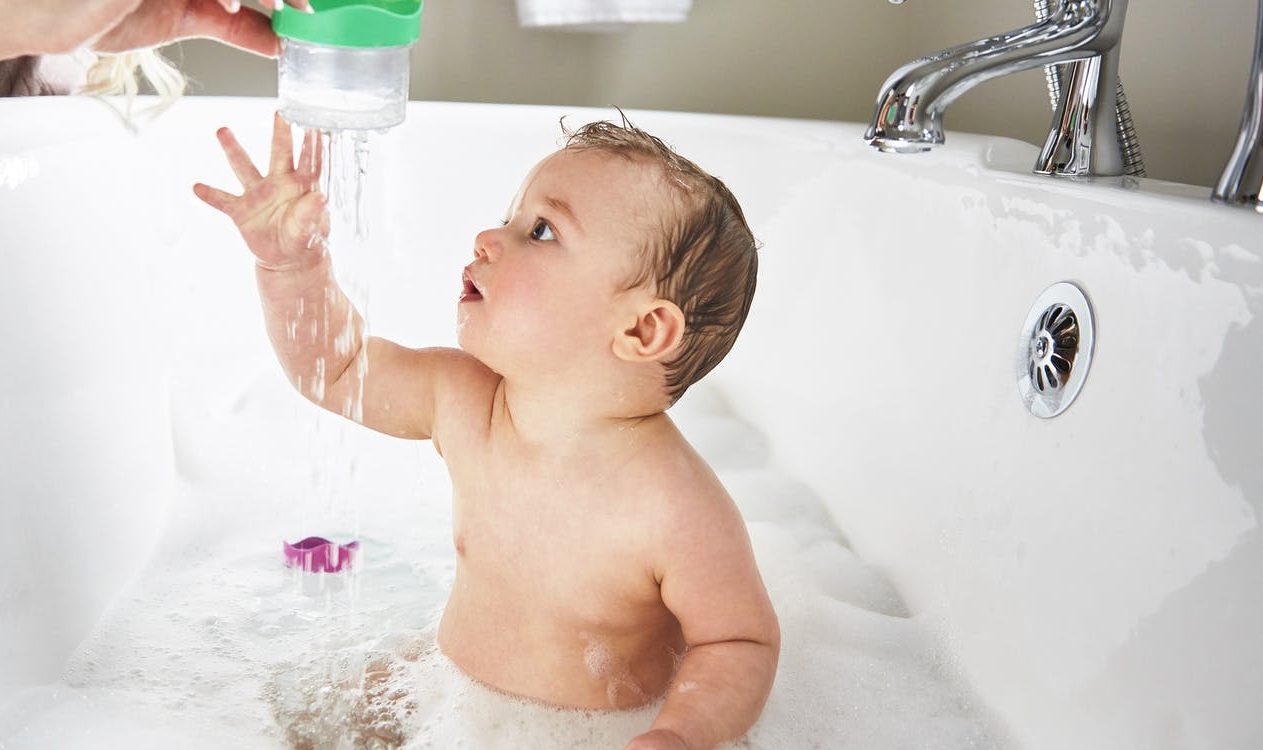
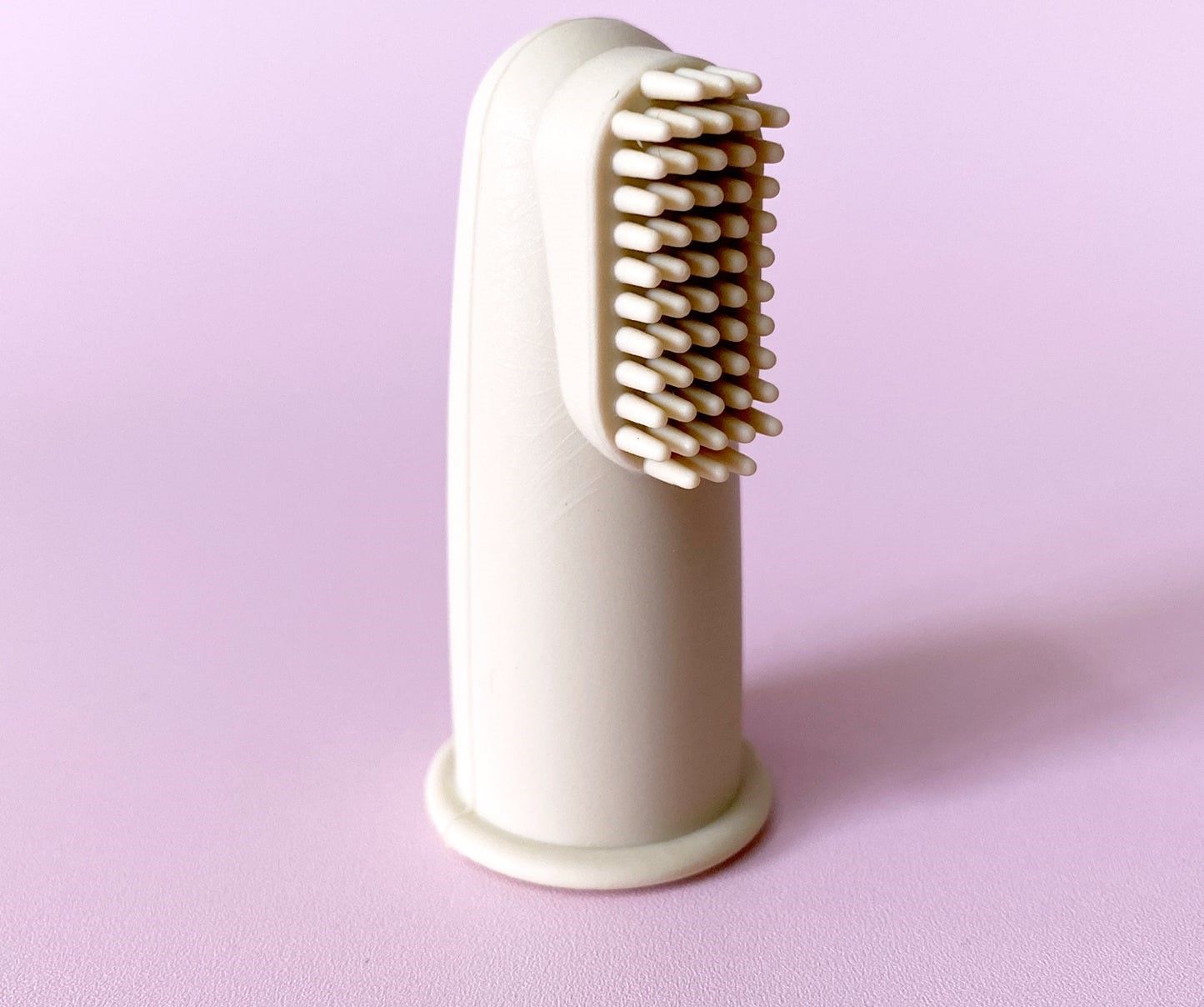
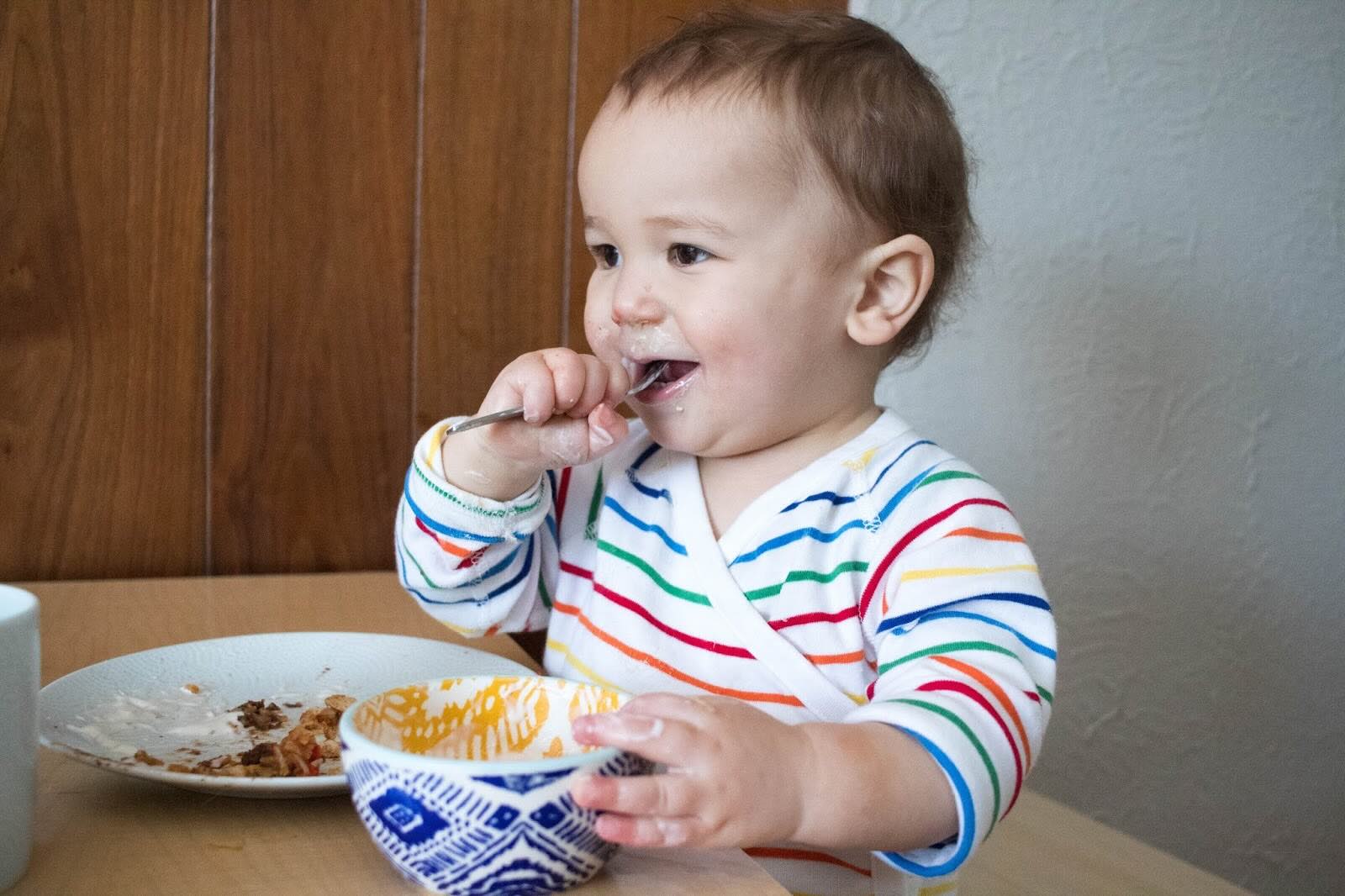
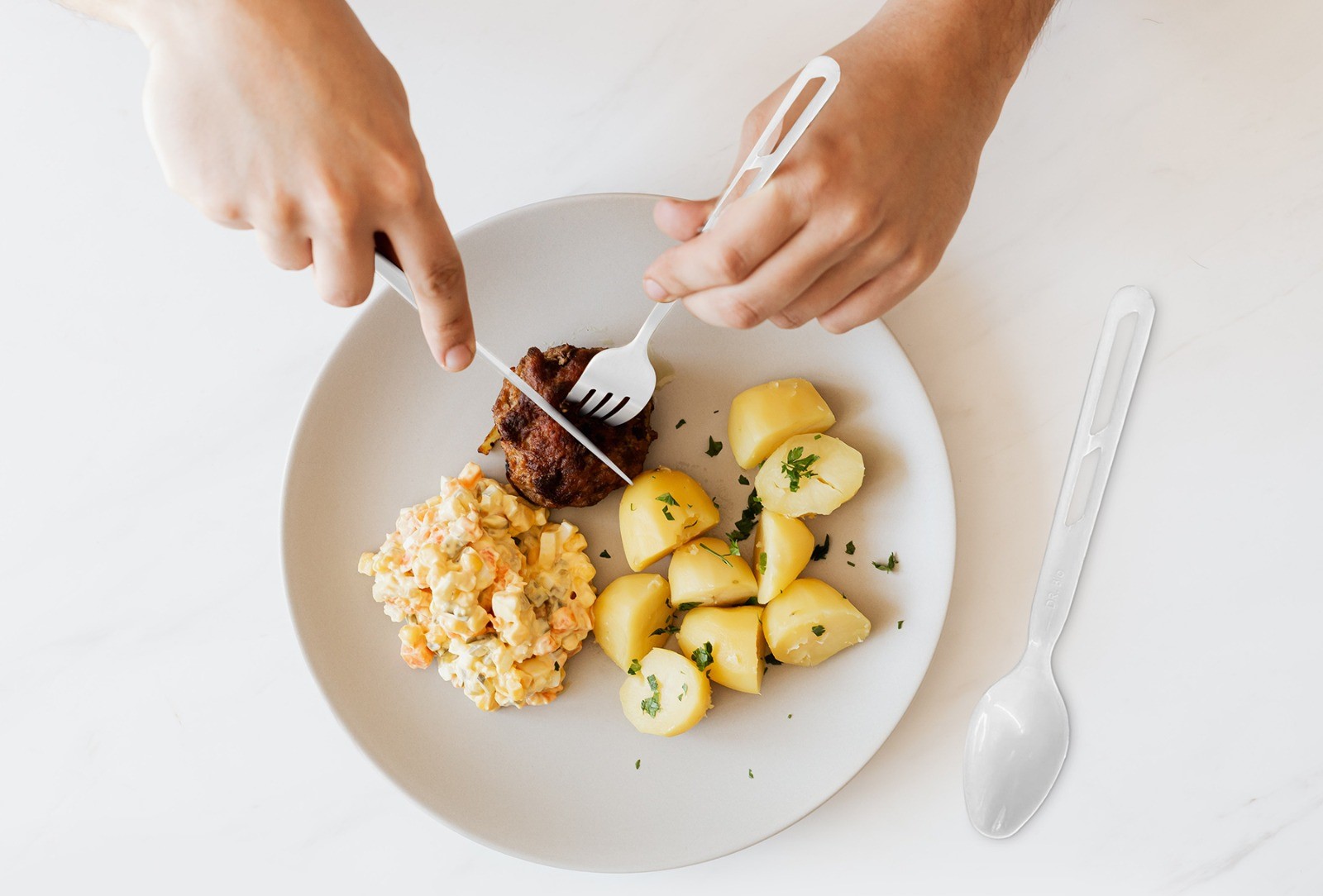
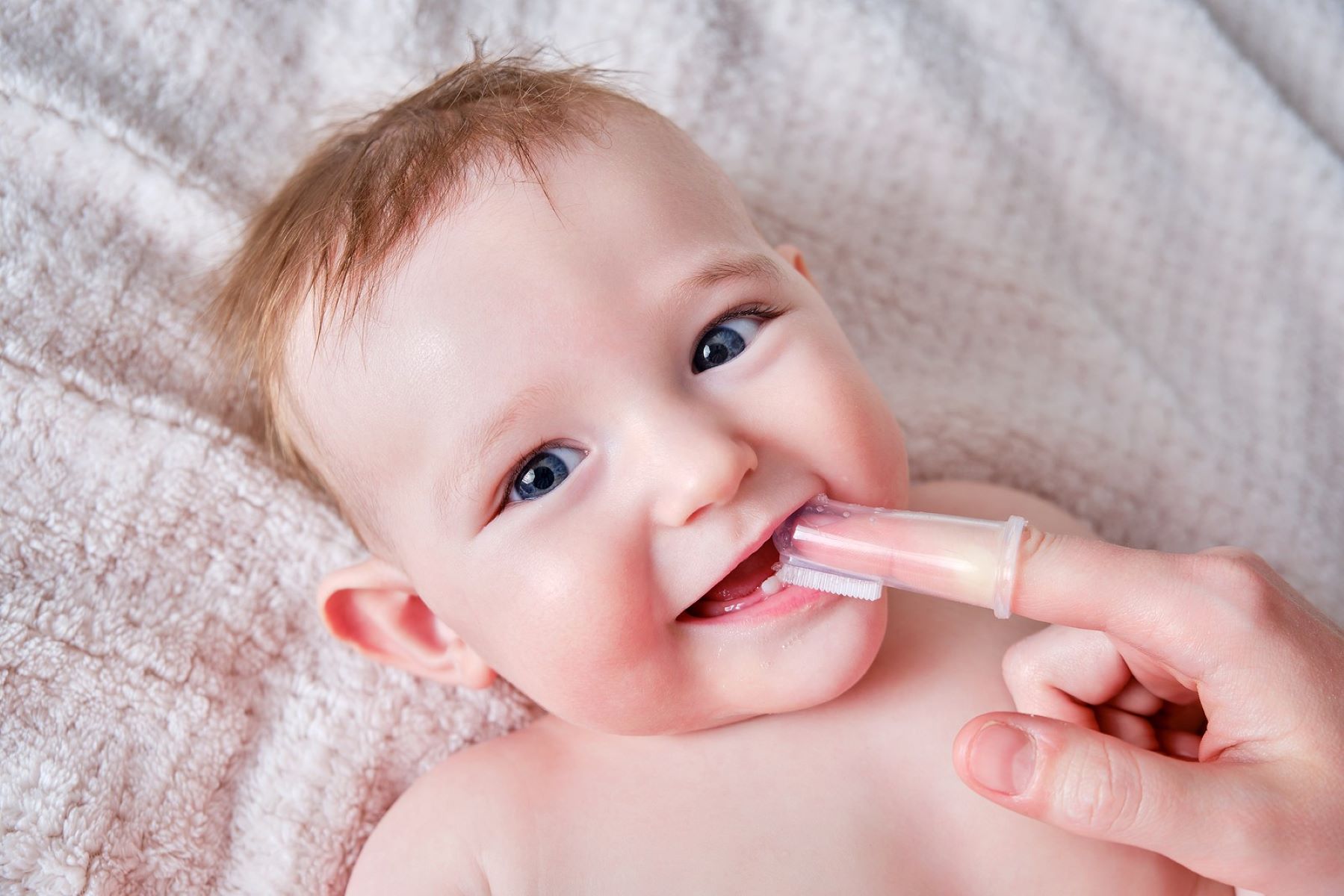
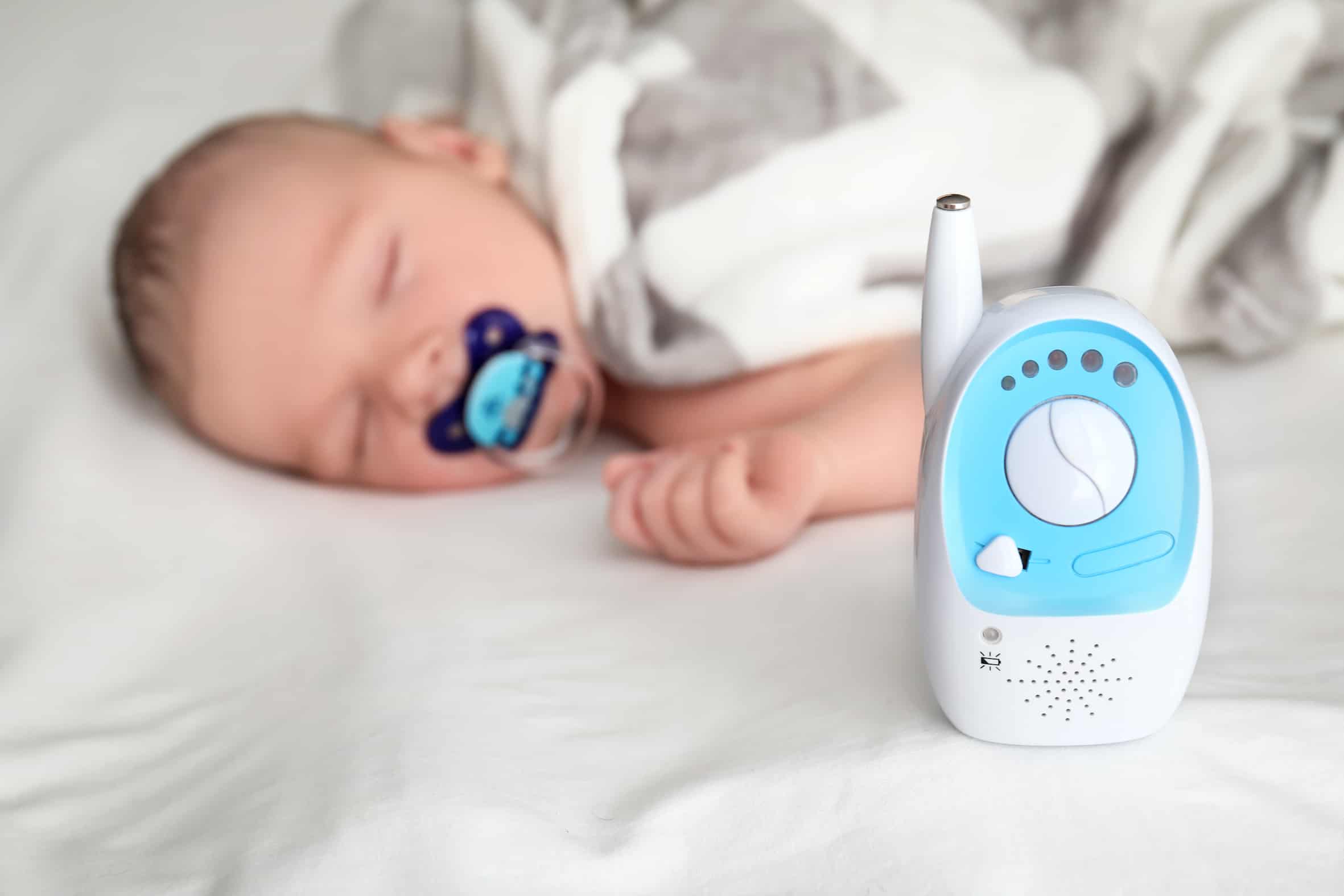
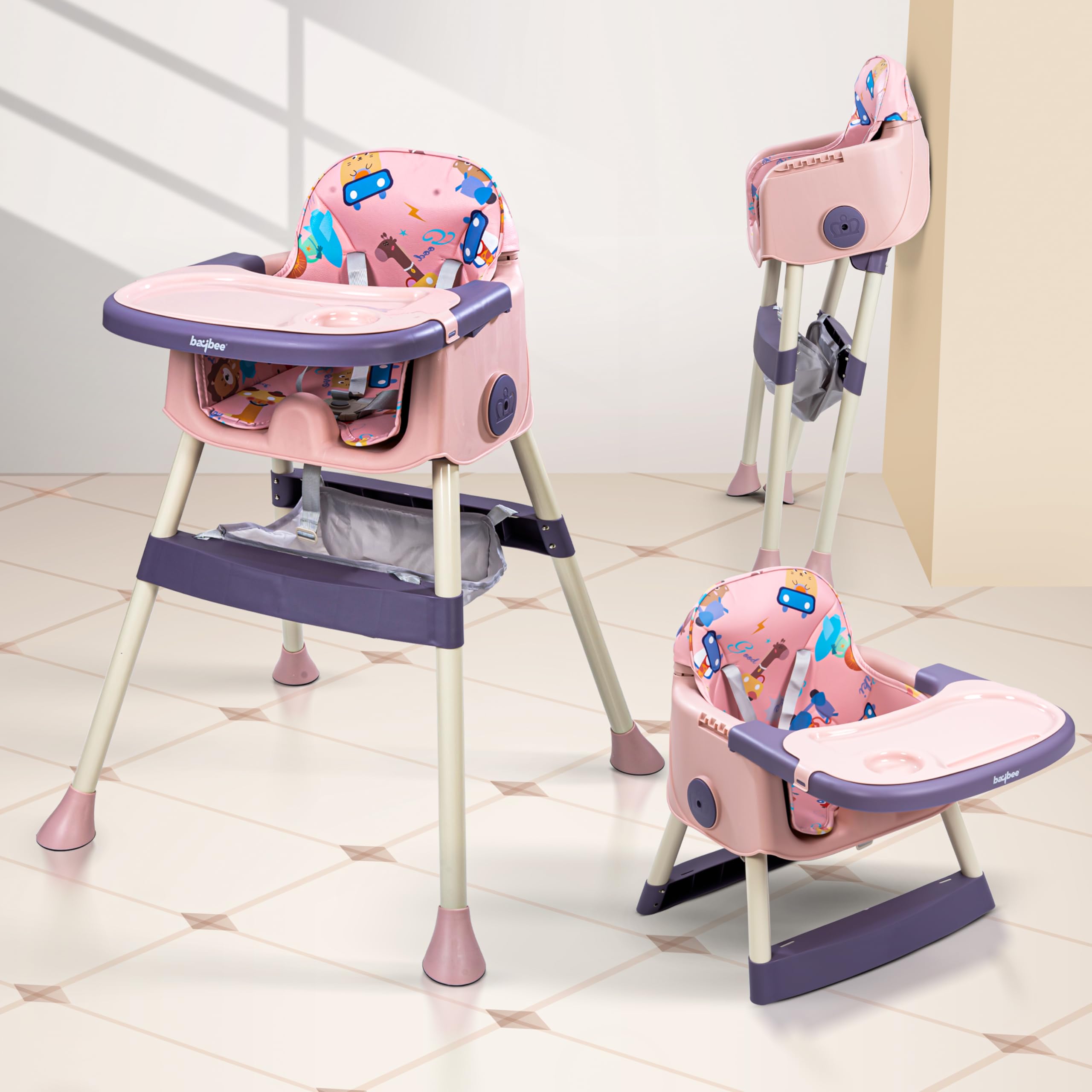
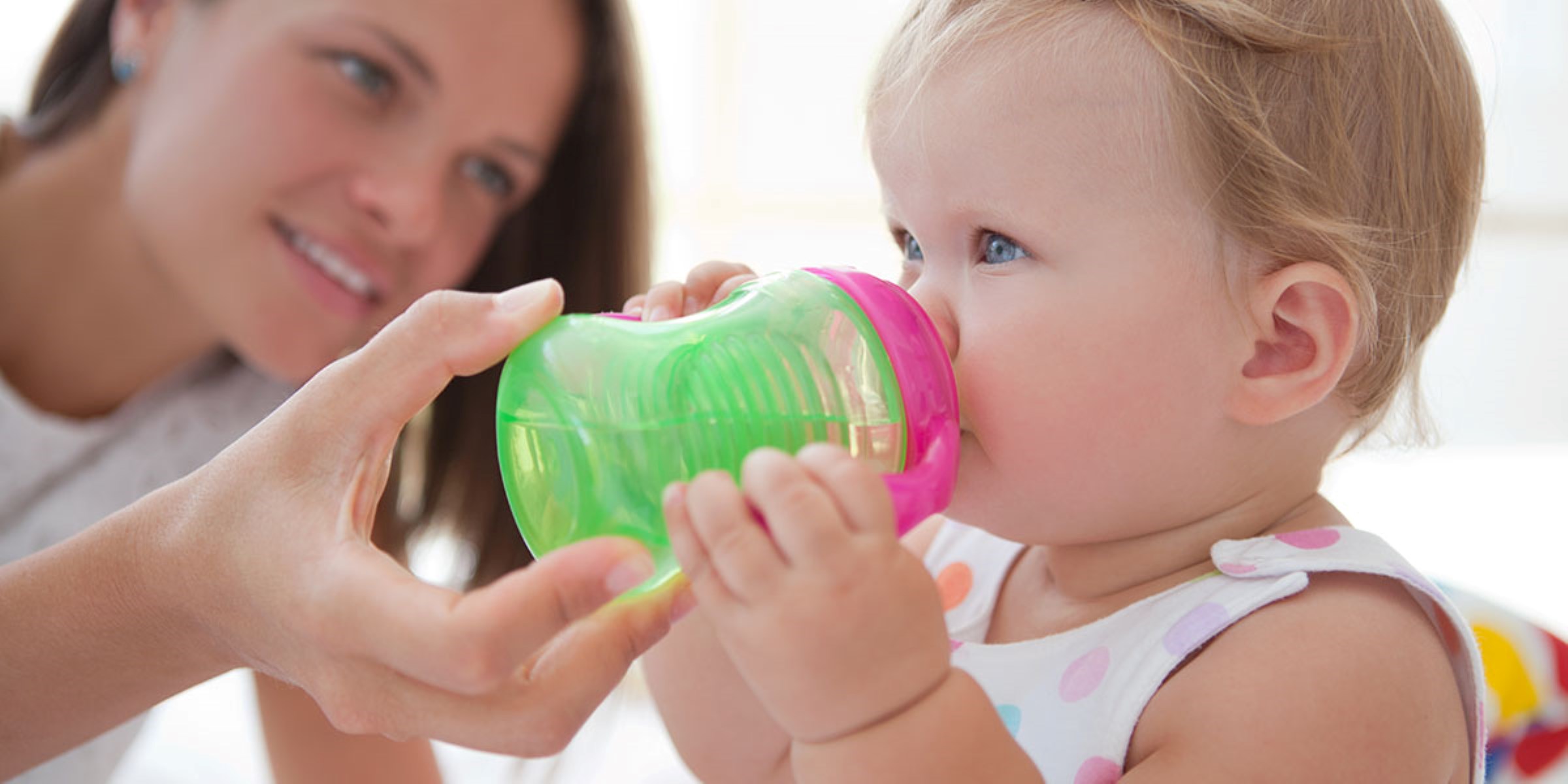
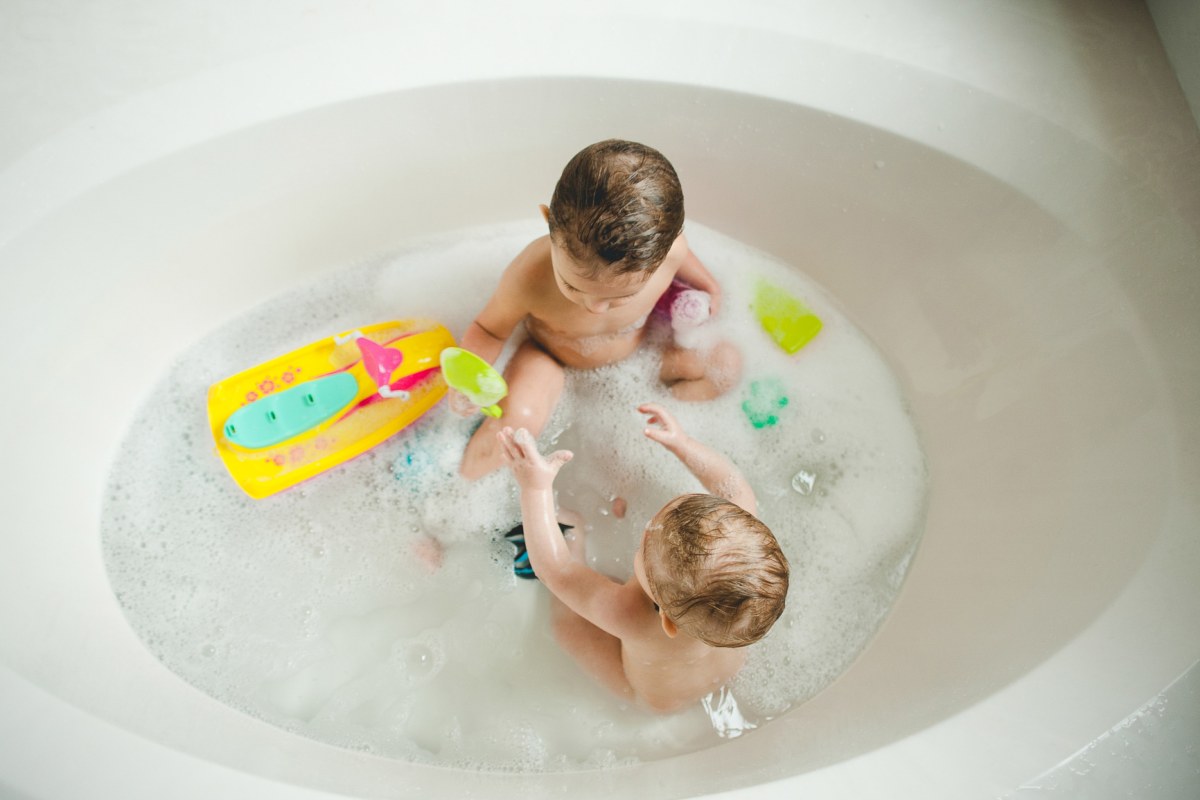
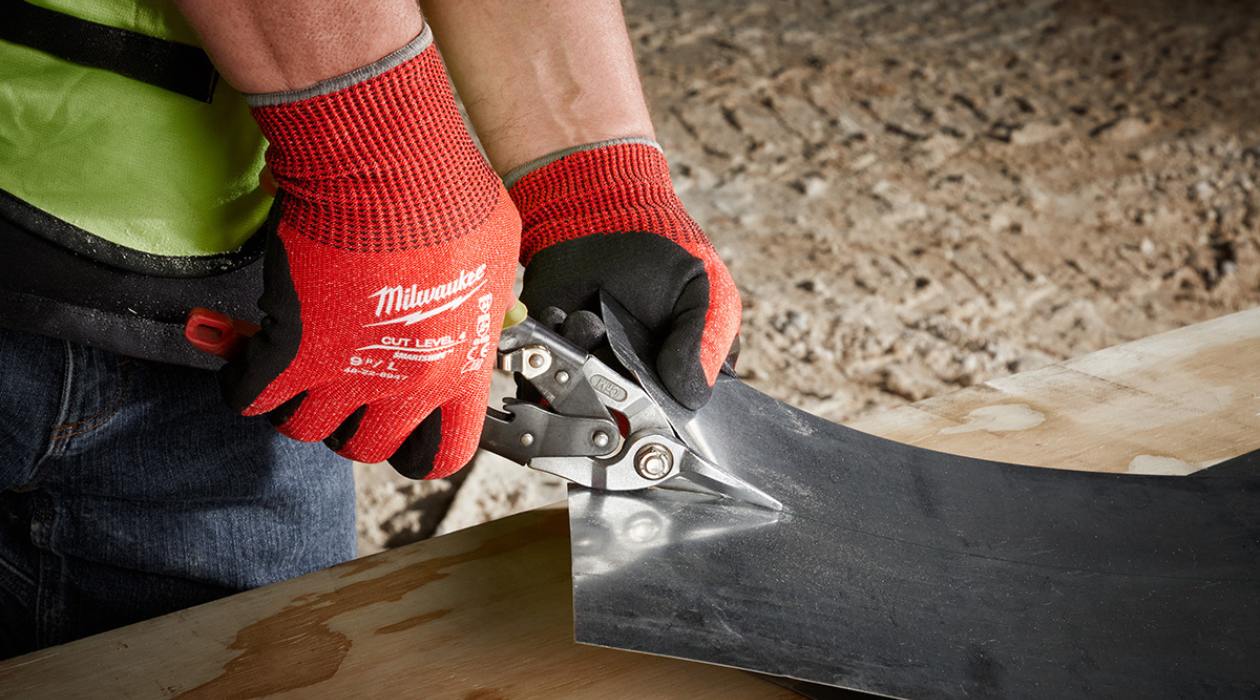
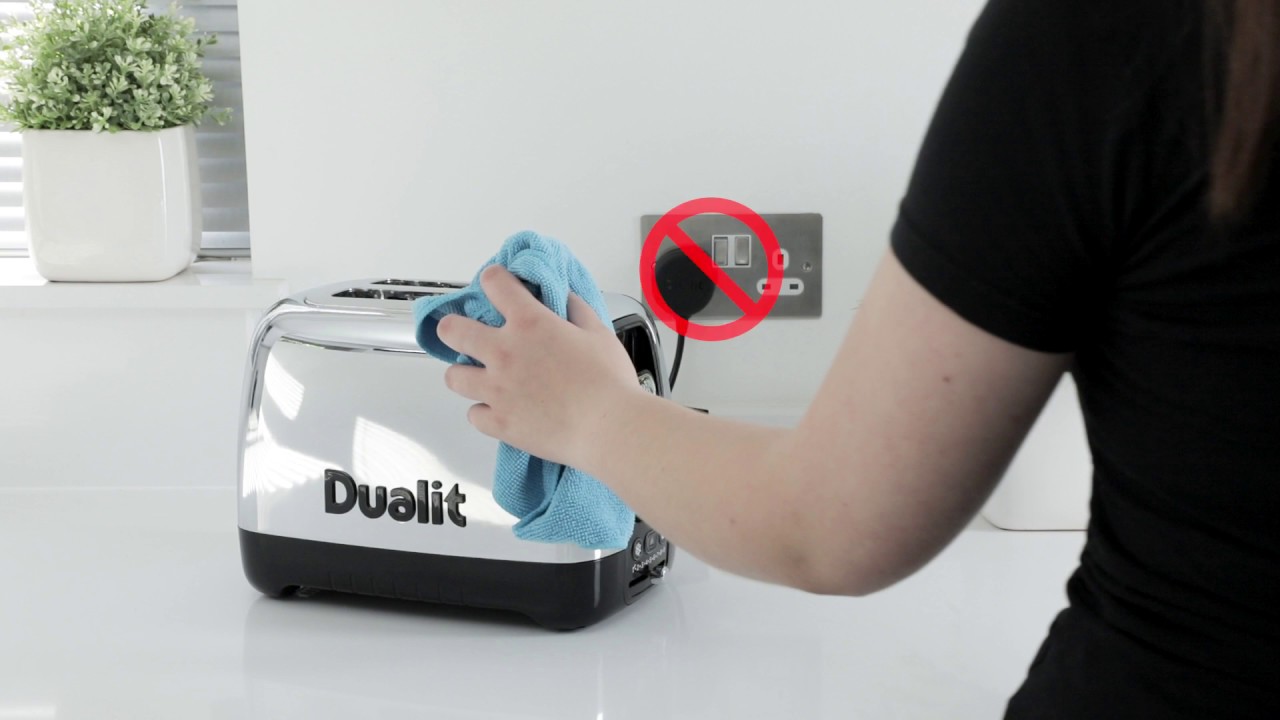
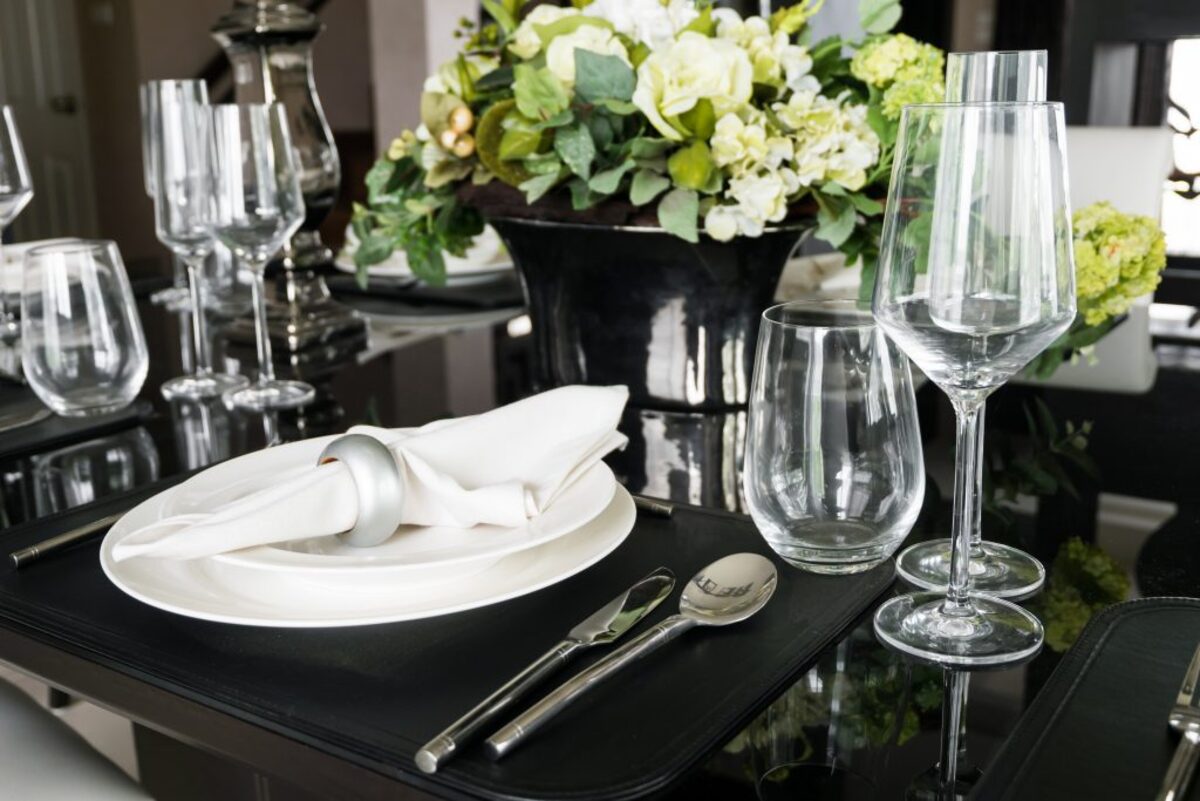
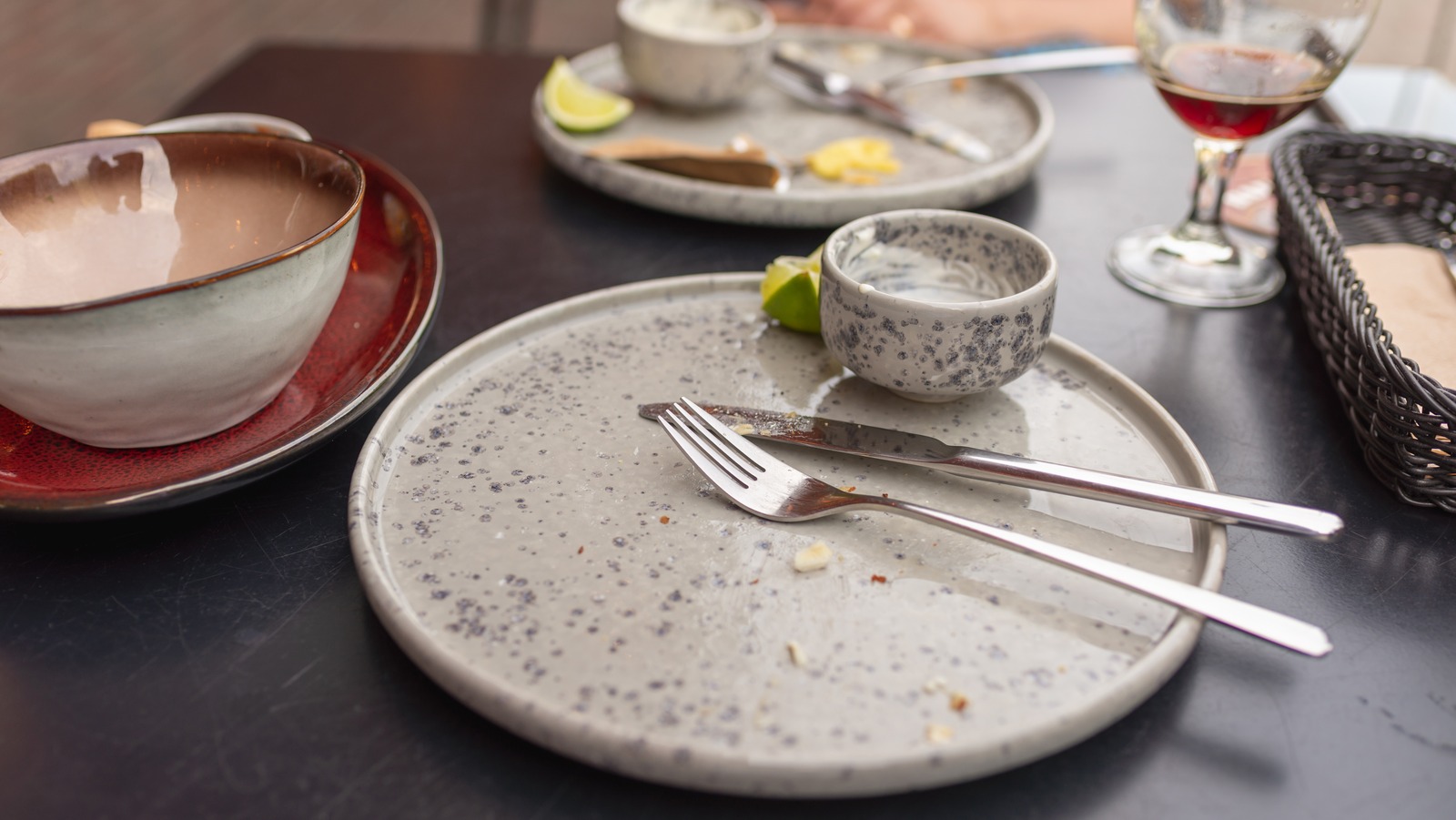


0 thoughts on “When Should Babies Use Cutlery”